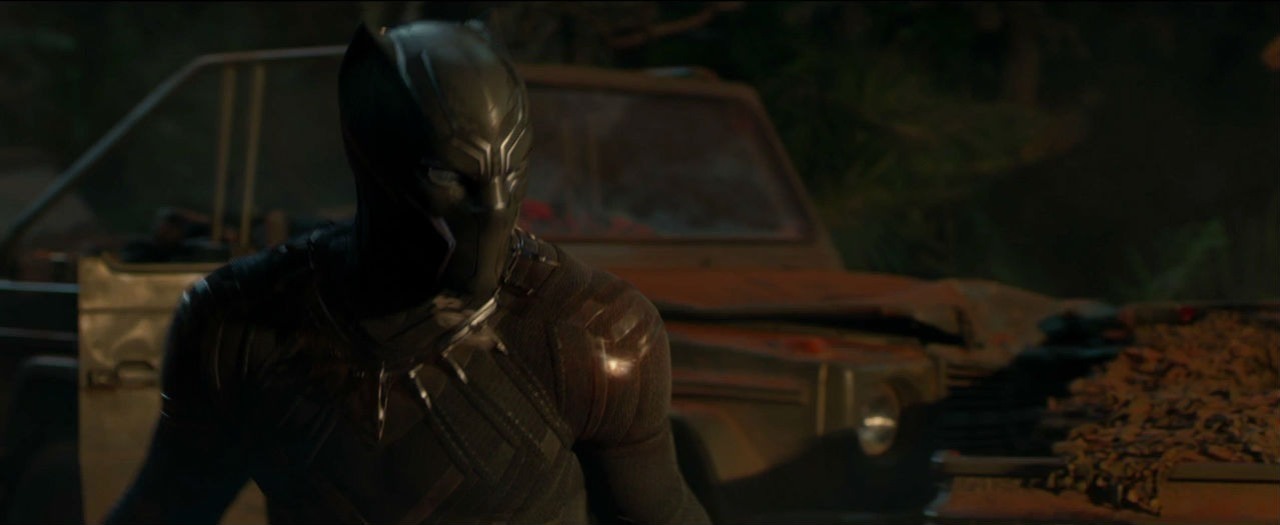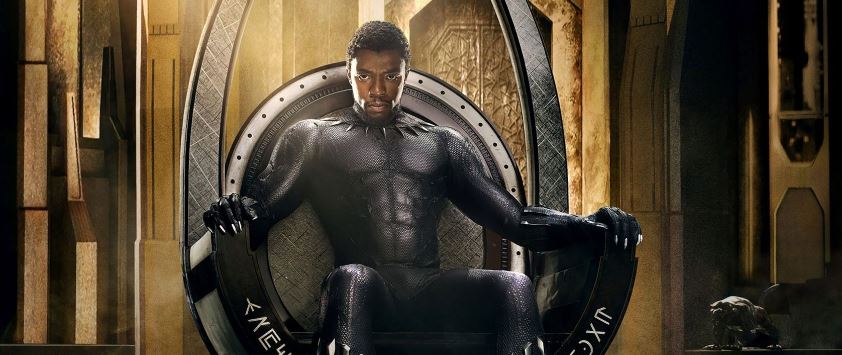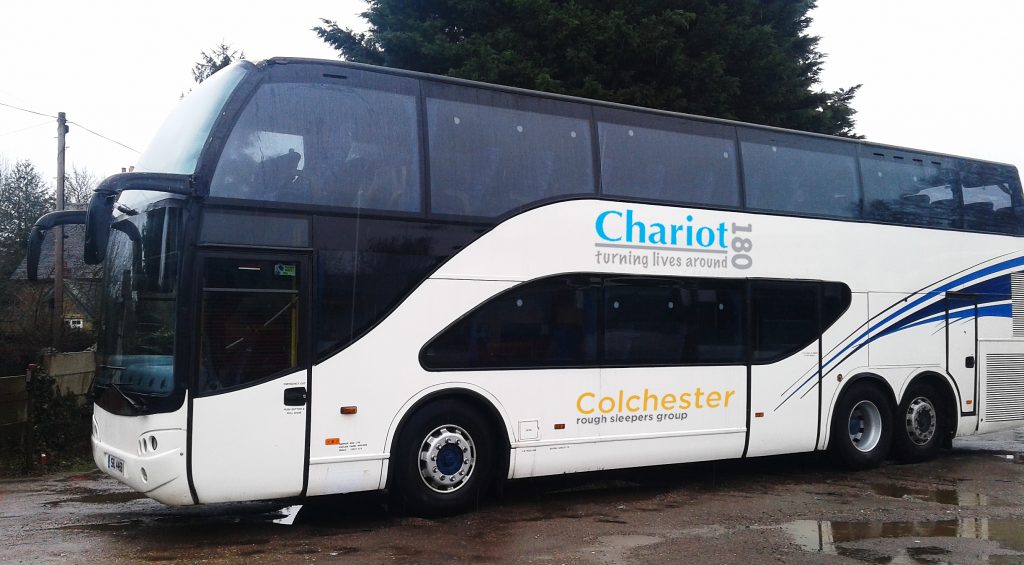Simon Crow took a walk around Colchester with his camera when the Beast from the East struck Colchester and took these photographs around Castle Park and the town centre.
Simon Crow
Colchester 101 is your ultimate look at Colchester’s arts, music, culture and events
BBFC 15 2hrs 3mins
I was lucky enough to have seen Guillermo Del Toro’s The Shape of Water at last year’s London Film Festival (it was the hot ticket screening) and I have been thinking about it ever since. It’s a movie that can be enjoyed purely at surface level – a romantic fairy tale about a mute cleaning lady at a top-secret Government research facility who falls in love with a fish man – but it contains multitudes and the more thought I put into it the more pleasure I get from it.

Elisa (Sally Hawkins) lives a lonely, routine life in a shabby apartment above a movie theatre in Baltimore, 1962. Her best friends are Giles (Richard Jenkins), her closeted gay neighbour, and Zelda (Octavia Spencer), her chatty, brassy co-worker with whom she shares her secrets and scrapes gum from the floors of jet-engine laboratories. When a new “asset” arrives at the facility, along with its handler Richard Strickland (Michael Shannon), Elisa’s natural curiosity and compassion leads to an unlikely, inter-species relationship. The asset (Doug Jones), you see, is a humanoid, amphibian creature captured from deep within the Amazon by Strickland and brought to the lab’s in the hope that unlocking its secrets will give the US the edge in the Cold War in general and in the “Space Race” specifically. When it transpires that those secrets can only be revealed via the asset’s death and dissection it is up to Elisa and her friends to help it escape the facility and release it to freedom.
Whilst The Shape of Water can be enjoyed at its most basic fairy-tale level, a quirky riff on The Little Mermaid or The Creature From the Black Lagoon, a throwaway genre romance, it is when you start to unpack its many layers and storytelling choices that it reveals its true glory. Key amongst these choices is understanding the viewpoint from which the movie is told: The movie is bookended by Giles’ lyrical narration, how you react to the much of the film (and especially the ending) relies upon whether, or not, you believe him to be a reliable narrator. A subplot involving sympathetic scientist Dr. Hoffstetler (Michael Stuhlbarg) and Soviet spies which, on first viewing, appears to be ridden with clichés and rather silly makes a lot more sense when you understand that it is coming from Giles, whom it is established is a dyed-in-the-wool romantic fantasist. Just grasping this one simple device, I think, will give you a much more enjoyable and nuanced viewing experience.
Director Guillermo Del Toro (known, not only, for his audience pleasing genre crowd pleasers like Blade II, Pacific Rim and two Hellboy movies but his more arthouse fantasies Pan’s Labyrinth and The Devil’s Backbone) has absolutely stuffed the film with references, textures, metaphors and salutes. The Shape of Water is Del Toro’s love letter to Hollywood and, in particular, the movies that have influenced him. It is not difficult to see the spot nods to silent cinema (after all the two main protagonists, Elisa and the asset, are both mute, both silent); there’s a wonderful fantasy pastiche of Fred Astaire and Ginger Rogers’ “Let’s Face the Music and Dance” sequence from Follow The Fleet; there’s quiet tributes to Powell & Pressburger, Vincente Minelli and Douglas Sirk and, most obviously, Del Toro’s love of classic monster movies. This is about as close to Del Toro’s Cinema Paradiso as we’re ever likely to get to or hope for, occasionally pausing to take in moments of real Hollywood gold (such as Shirley Temple dancing with Mr. Bojangles, Bill Robinson). Everything is imbued with meaning from individual props, the choice of colours, the choice of language, even Alexandre Desplat’s beautiful score harkens back to Hollywood romanticism. And all these things are not there to be clever or smart, they are there to move the story forward and provide texture and background.
In any other year you would nail on Sally Hawkins performance to win the Best Actress Oscar (such is the quality of her fellow nominees, especially Frances McDormand in Three Billboards Outside Ebbing, Missouri). There is never a single moment when you don’t know what she is thinking or feeling (emotionally), it’s a (largely) wordless performance and yet through her face and body language she says more than virtually any other actor on screen. Richard Jenkins is wonderfully sweet and affecting as the gay artist with one foot firmly in the dreams of Hollywood musicals and romantic yearnings for the guy who runs the pie shop. Octavia Spencer, always wonderful, provides the majority of the film’s humour as the sassy, vociferous and loyal Zelda. My only gripe with the film’s casting is that Michael Shannon is too perfectly cast as Strickland, we’ve seen him play similar roles too often for it ever raise a question in our minds as to who is the real monster of the piece? He’s great as a vile, entitled, toxic male who could sadly exist in 1962 or 2018, but as a subversion of the B-movie, lantern-jawed hero he’s just a wee bit too familiar.
Not forgetting Doug Jones who, with a dancer’s physique, poise and grace brings The Asset to beautiful and vibrant life.

It may seem a little strange to give The Shape of Water a Valentines Day release, but it is, ultimately, a film about love and as Guillermo Del Toro so poignantly explained, “…love is like water, it has no shape. It can take the shape of whatever you pour it into. You can fall in love with someone that is twice your age, the same gender, completely opposite religion, the completely wrong political persuasion – it just happens. And it is, like water, the most powerful and malleable element in the universe. And it goes through everything.”
BBFC 12A 2hrs 15mins

Ten years and seventeen (mostly enjoyable) instalments into its existence, the Marvel Cinematic Universe has introduced to a host of colourful characters; explored the far reaches of space and time and unknowable dimensions; dipped its toe into incredible technology, magic, mysticism and mythology; forged friendships and ripped them apart, created conflicts and uneasy alliances and established a blueprint upon which all prospective movie franchises aspire. If I have one problem with the Marvel Cinematic Universe, it is this: It exists within a bubble. The world/s it has created all serve the stories (and vice versa); it’s a parallel dimension upon which the real world (that is, our world) and real-world concerns never really seem to have any impact.
Until Black Panther, that is. The eighteenth instalment of the MCU creates a world that is very much based in our world, the problems our world face every day are what powers the film, move it forward and provide much food for thought long after the movie ends.
It is also beautiful to look upon, provides the best “villain” of all the Marvel movies so far and is a whole heap of fun to boot.

After the death of his father (as seen in Captain America: Civil War) Prince T’Challa (Chadwick Boseman) returns to his homeland, the isolated African nation of Wakanda, to take up his rightful mantle of King and Protector. To Western eyes Wakanda appears just another African nation of grasslands, jungle and scrub, the kind of place a certain world leader would refer to as a “S**thole”, but Wakanda hides a secret: It is actually the most technologically advanced country on Earth, blessed with an abundance of rare natural resources, not the least of which is Vibranium (the stuff used to make Captain America’s shield and Black Panther’s super suit). Vibranium is so valuable, in fact, that to control its mines and production could provide the means to fund a whole new empire, a global superpower greater than any which exist today.
Enter Erik Killmonger (Michael B. Jordan), an exiled Wakandan who has been living in the United States, who has seen the injustices, inequalities and prejudices perpetrated against people of colour both historical and contemporary. If Killmonger can kill T’Challa and take the throne of Wakanda he could create his own new black empire and take revenge on those nations he believes responsible for his people’s oppression.
The movie pivots on this central dialectic, an argument that is impossible to ignore and creates a moral quandary very few films have the bravery to explore. On one side you have a kingdom in the largest historical sense, a kind of Land That Democracy Forgot, hiding its wealth and technology, jealously guarding its secrets for the good of its people. On the other a world ravaged by the historical inequities of forced slavery, European colonialism, poverty and prejudice, a world in which Wakanda could have easily intervened and fought for the good of a continent instead of living in a self-imposed “Wexit”. It’s a genuinely thought-provoking thesis and, to be honest, something I never thought I’d see explored in a Superhero movie.
And while your mind is being blown by dialectical conundrums your eyes are assaulted by the kind of production design that comes along once in a blood-blue-moon. Wakanda is Afrofuturism writ large, it is at once a science-fiction wonderland of flying cars and monorails and super-suits and fancy gizmojigs but everything feels organically grown from ethnocentric, culturally authentic roots. Black Panther doesn’t stop there though, the world-building is incredibly thorough and believable, and I don’t just mean the architecture, there is more to explore in Wakanda’s culture than a single movie can possibly do justice to. From the politics of power through the veneration of its female warriors; from its spiritual Gnosticism through the ideas that preserve it and so, so much more.
What director Ryan Coogler has created here is a platform to not only explore further aspects of the MCU but a film upon which it is possible to investigate black politics, feminism, exile (self-imposed or otherwise), subjugation… should I go on?
But let’s not forget that this is first and foremost a superhero movie and, as such, it works really well (for the most part, unfortunately some rather shonky and weightless CGI mars the action sequences and, occasionally, the fights are difficult to follow with regards to who’s where and how things are happening). It’s just a shame Coogler didn’t bring the visceral and hard-hitting action over from his previous effort, Creed.
There’s terrific performances from the entire cast. Chadwick Boseman is suitably regal, his face occasionally softening as the young prince not quite ready to lead his people threatens to force its way to the surface. Michael B. Jordan is righteous anger given form, his body marked with a keloid scar tally of all his fallen enemies, an angry Simba who seriously just can’t wait to be king. There’s terrific support from Forrest Whittaker, Angela Bassett, Letitia Wright, Andy Serkis, Martin Freeman and (surprise Oscar Nominee) Daniel Kaluuya but special mention has to go to Lupita Nyong’o as T’Challa’s bodyguard and all round badass Nakia (like Tessa Thompson’s Valkyrie from Thor: Ragnarok I’d happily pay good money to see her in her own spin-off movie).
Black Panther is a seriously good movie. It’s not the movie I expected just one instalment away from the culmination of where the MCU has been heading for ten years (Avengers: Infinity War Part One lands in May, if you didn’t know) and, while for some this may come as a bit of a disappointment, I really enjoyed the change of pace.
*They don’t show end credit sequences at preview screenings because, you know, spoilers, but I have been assured there is one mid credits and one at the very end so don’t leave your seat too early.
Andy Oliver
Colchester Rough Sleepers Group’s plans to create a mobile homeless shelter to help the town’s rough sleepers have taken a gigantic step forward after a mystery benefactor contacted us and donated £25,000.
The money has now been used to purchase a second-hand vehicle which we took possession of yesterday, with enough left over to tax and insure it and possibly buy a support vehicle.
This incredible act of generosity came out of the blue after recent coverage of our plans in the Gazette and has stunned and delighted us all. We had been planning to raise money over the coming months to buy a vehicle and had hoped to be in a position to purchase one in the autumn, ready to be converted and put into use next year. But thanks to our mystery donor we have been able to buy a vehicle we had been keeping an eye on and bring our plans dramatically forwards.”
The vehicle is a double decker touring coach, rather than a double decker bus as originally planned, which we have named Chariot 180. We decided a touring coach would better suit our needs. People will be sleeping on the coach so safety is of paramount importance and our coach has two flights of stairs and emergency doors which would aid evacuation in an emergency. Also, unlike a double decker bus, it already has a water storage tank and plumbing for a toilet, air conditioning and an entertainment system, and as a bonus there is a large storage area underneath to store supplies and residents’ belongings.”

One of the group’s founder members, Pete Hope formerly of GO4 Enterprises who run a pay it forwards breakfast scheme for rough sleepers from the Café on the Rec on Old Heath Recreation ground, said “Like many towns and cities Colchester has a rough sleeper problem and in spite of the amazing work done by organisations such as the Emergency Night Shelter and Beacon House there simply aren’t enough beds to get them all off the streets. Chariot 180 will help with that by working with and supporting existing services, and additionally we plan to use it as a drop in centre during the day. Chariot 180 will literally be helping people to turn their lives around.”
The group, which we founded last year to maximise the impact of the support and community spirit already in place to help rough sleepers, received another boost recently when The Right Reverend Roger Morris Bishop of Colchester offered to become its our patron. We are currently applying for charity status and fundraising will continue, initially to raise money to convert the coach, and long-term to support the project on a day to day basis. We believe we will be able to launch their mobile shelter ready for next winter.

Local signage company and vehicle wrappers Premier Signs are donating their time and materials to produce distinctive graphics for the coach which should soon become a familiar sight on the streets on Colchester, and the group would like to hear from any individuals or businesses who would like to make a donation or help raise money, and longer term will need sites where we can park the coach overnight and volunteers to man it.
Anyone interested can contact Colchester Rough Sleepers Group via our Facebook page, email hello@crsgroup.org or by phoning us on 07379 987181.
Simon Crow